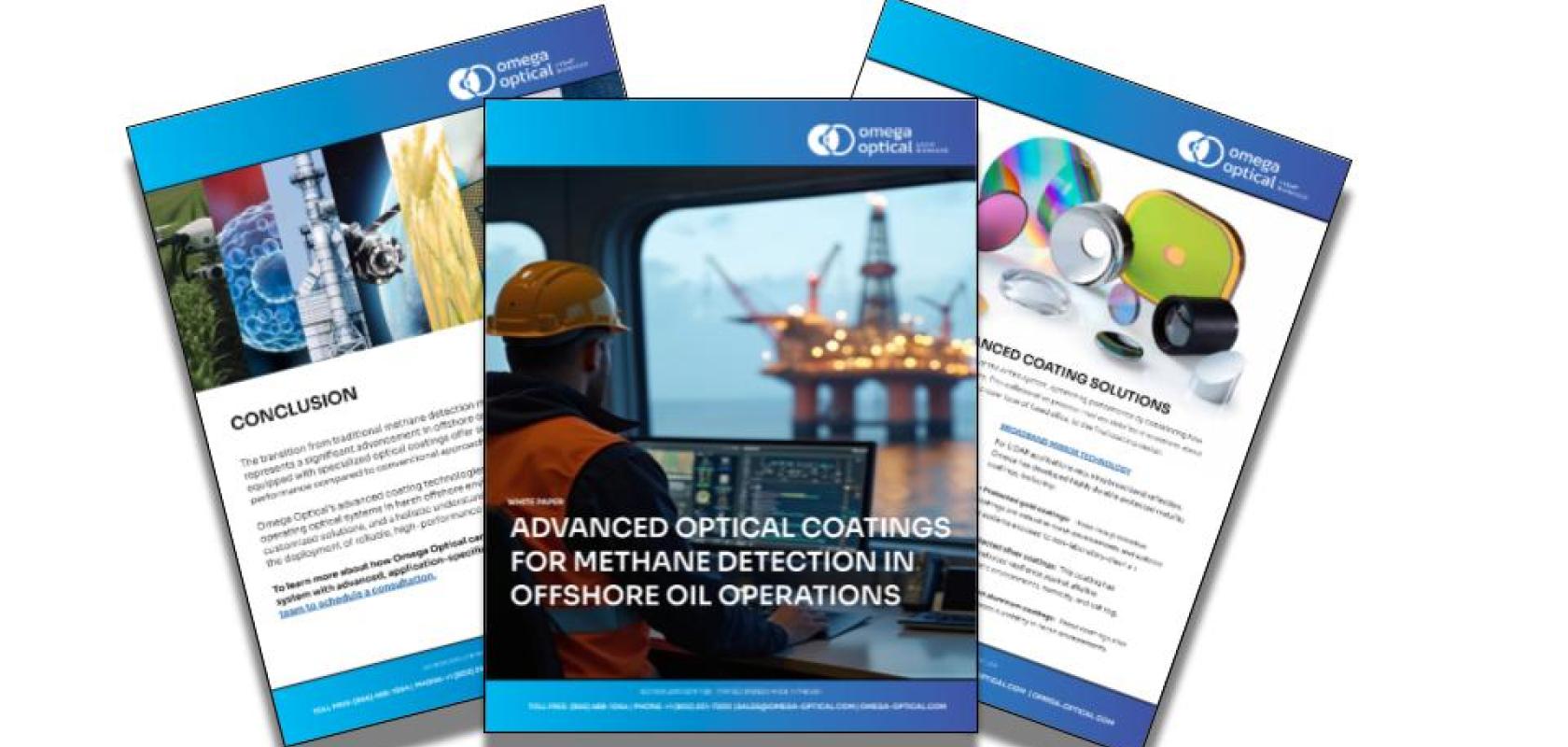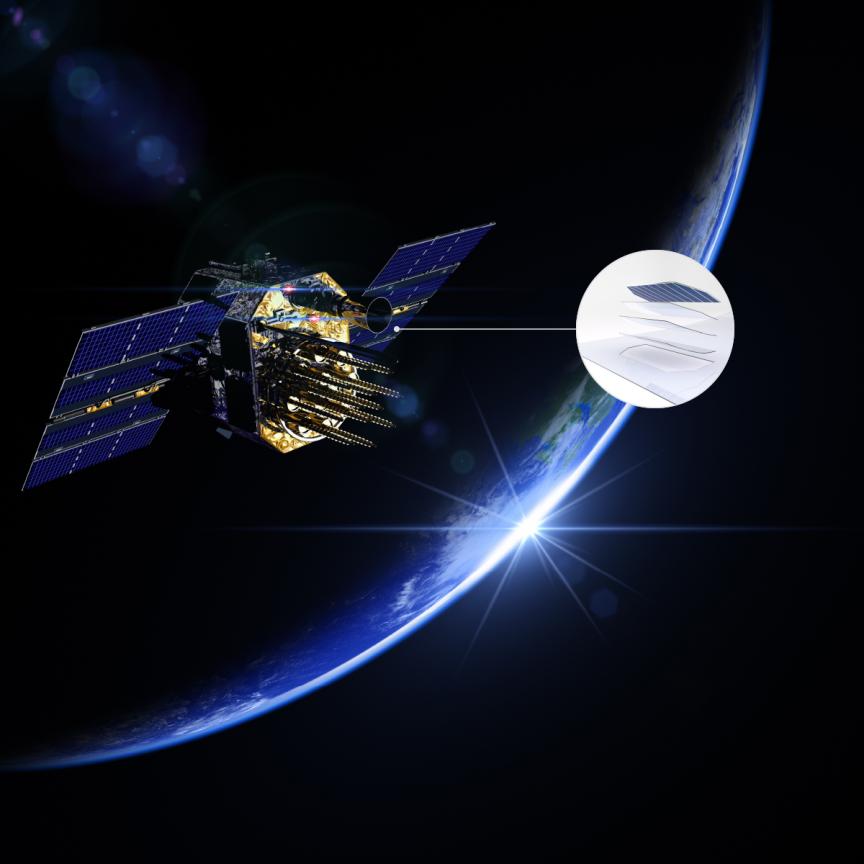Advanced optical coatings for methane detection in offshore oil operations

Advanced optical coatings for methane detection in offshore oil operations - An Omega Optical White Paper
Offshore oil and gas operations face unprecedented challenges in methane detection. With the industry contributing significantly to 145 megatonnes of annual methane emissions, traditional handheld sensors and periodic inspections are proving inadequate for the harsh marine environment.
Salt spray, temperature fluctuations, and humidity cause rapid degradation of conventional sensors, leading to increased maintenance costs, operational downtime, and missed leak detection opportunities.
This White Paper details how optical coating technology is enabling the next generation of methane detection systems. This can help offshore operators achieve up to 75% emission reductions while maintaining operational excellence in some of the world's most challenging environments.
Lidar systems equipped with advanced optical coatings are transforming methane detection capabilities, with:
- Real-time monitoring across vast operational areas
- Remote sensing capabilities for hard-to-reach locations
- Continuous operation in extreme marine conditions
- Superior accuracy at methane absorption wavelengths (1.65 micrometers)
Read this White Paper to learn about Omega Optical’s proprietary coating systems, specifically engineered for offshore applications, such as:
- Protected gold coatings: For robust performance in non-laboratory environments
- Protected silver coatings: Resilient against alkaline/acidic conditions and salt fog
- Protected aluminium coatings: Enhanced durability for harsh marine exposure
- Specialist protective systems: Multi-layer solutions combining optimal adhesion, metallic layers, and protective overcoats
What does this White Paper contain?
- Environmental challenge analysis: A detailed breakdown of conventional detection limitations
- Lidar system architecture: How optical components enable superior performance
- Coating technology deep-dive: Proprietary solutions for marine environments
- Performance validation: Real-world testing and deployment results
- System integration guidelines: Best practices for OEMs and integrators
- Use cases: Applications beyond offshore operations including satellites and analytical instruments
What will you discover?
- How to achieve consistent optical performance in salt spray environments
- Design considerations for methane detection at 1.65-micrometer wavelengths
- Cost-effective strategies for reducing maintenance and downtime
- Collaborative design processes that optimise entire system performance
- Validation methodologies ensuring reliable field deployment
Who should read this White Paper?
This White Paper is useful reading for:
- OEM system designers integrating optical components into lidar systems
- Offshore operations managers seeking advanced leak detection solutions
- Environmental compliance officers meeting stringent emission regulations
- Lidar system integrators optimising performance for marine applications
- Optical engineering teams specifying coatings for harsh environments
- Sustainability professionals implementing emission reduction technologies
It is also a handy resource for: R&D engineers in photonics and sensing; project managers for offshore installations; regulatory affairs specialists and technology procurement professionals.

